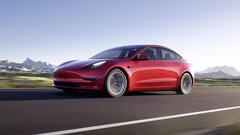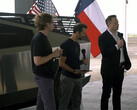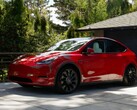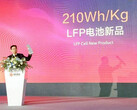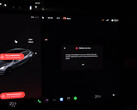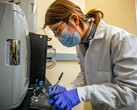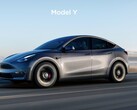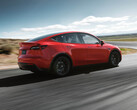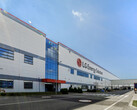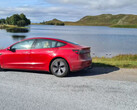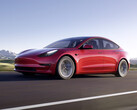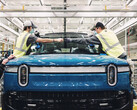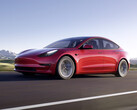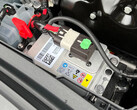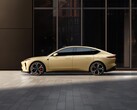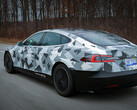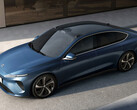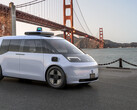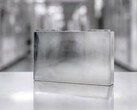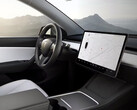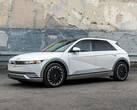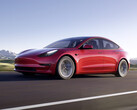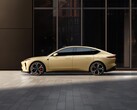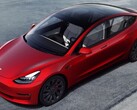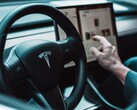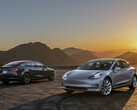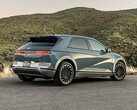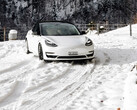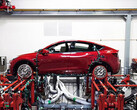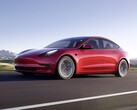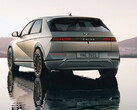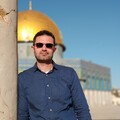During its Q3 press conference with investors, Tesla advised that it will be switching all of its standard-range vehicles to cheaper lithium-iron-phosphate (LFP) battery packs. The move was widely considered as one way to keep Tesla's income margins intact without having to raise prices for the final user much. This could turn out to be a smart answer to the ever-growing problem of investors bidding key battery ingredients like lithium carbonate to stratospheric heights, now that even Toyota budged and announced it will be joining the EV party. LFP batteries are cheaper to produce as they don't need cobalt and other expensive materials, but have proven to be at least as durable as Li-ion ones. Still, they are also expected to see a 15% price increase in 2022, due to the growing demand for lithium.
Enter Tesla's potential decision to produce LFP batteries closer to home. A big Chinese supplier of LFP battery cells - Gotion High-Tech - announced that it is partnering with a "large listed automobile company in the US" on supply and "battery production bases" on American soil. The production amount it listed is gigantic - at least 200 GWh in a 5-year period - making Tesla the most likely mystery shopper. Another telltale sign is that Gotion listed other applications besides electric cars for its future LFP battery cells deal with the U.S. automaker, and Tesla is said to prepare a switch of its Powerwall packs to the new chemistry as well. Elon Musk has been priming investors for the LFP move for a while now, and has already expressed a preference for the technology, listing all of its pros and cons:
Now that Tesla is experiencing the same production delays as are all the other auto manufacturers, they're giving their shorter delivery dates to buyers of the more expensive, read higher profit, models. But they're making an exception and giving shorter delivery dates if you buy a Tesla with an LFP battery rather than an NCA battery.
So what's the difference? Both batteries are actually lithium-ion batteries. They both use lithium. So that's not a difference. But the NCA battery uses nickel, cobalt, and aluminum in addition to lithium. The LFP battery uses Iron and Phosphate (phosphorus combined with oxygen) in addition to lithium. The main differences for you to consider are that the LFP battery has a slightly shorter range, 253 miles, as opposed to the NCA battery, 263 miles. But that slight difference in range is deceptive. The NCA battery probably shouldn't be charged to 100%. Fully charging the battery causes damage to the battery making it likely to deteriorate over the years of ownership. It's perfectly fine to charge the LFP battery to 100% so the driver experience is pretty much the same except for a couple caveats.
Tesla already procures LFP batteries from CATL for its Model 3 vehicles produced in China, but an American factory would greatly enhance its supply chain flexibility on the way to equip all of its standard-range electric cars with the technology.
Our intent with this pack is that product experience is roughly equivalent between nickel & iron.
— Elon Musk (@elonmusk) August 26, 2021
I’d personally slightly opt for iron pack, as it wants to be charged to 100%, whereas nickel prefers ~90%.




